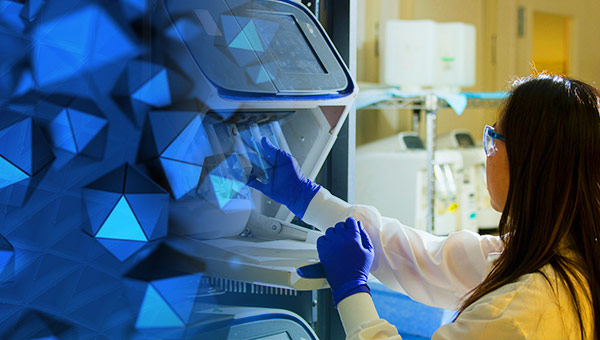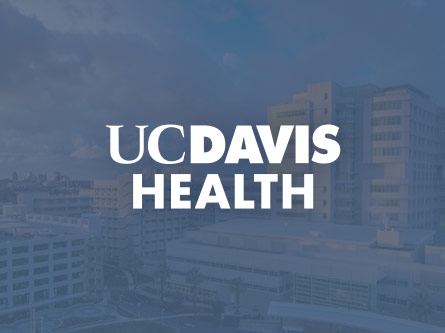Lab Best Practice - Archives
Reconstituted Whole Blood Transfusion Exchange in Neonatal Hyperbilirubinemia
The blood bank occasionally will receive requests for a transfusion exchange in a neonate with hyperbilirubinemia. Neonates with hyperbilirubinemia may necessitate hospital admissions with approximately 5-10% of all
Read MoreComparison of SARS-CoV-2 Specimen Types: Nasal Swabs, Nasopharyngeal Swabs and Beyond
The nasopharyngeal (NP) swab serves as the primary specimen type for respiratory molecular pathogen detection. During the novel coronavirus infectious disease (COVID) pandemic of 2019, the NP swab became the
Read MoreRole of Quantitative Serology Testing for COVID-19
The current pandemic has led to considerable interest in COVID-19 related laboratory testing. The widespread distribution of the various vaccines, the emerging genetic variants of SARS-CoV-2 circulating around the
Read MoreAn Overview of Prosthetic Joint Infection (PJI) Definition and Diagnosis
The numbers of primary total hip and knee arthroplasties have been increasing over time, with 332,000 total hip and 719,000 total knee arthroplasties performed in 2010 in the United States.
Read MoreHepatitis B Serologic Testing Methods
Hepatitis B virus (HBV) was first discovered in 1965. Briefly, HBV is a DNA virus from the Hepadnaviridae family which is spread via contaminated body fluids. After exposure, the virus enters hepatocytes and .....
Read MorePlasma Exchange with Albumin Replacement for Alzheimer’s Disease
The guidelines on the use of therapeutic Apheresis in clinical practice published in JCP 2019 has showed strong consideration for the addition of a new fact sheet on Alzheimer’s disease (AD) based on the ....
Read MoreFine Needle Aspiration (FNA)
FNA is a simple, safe, and Cost-effective procedure for patient with a mass. FNA is a biopsy procedure and should be considered in the same light as a surgical biopsy.
Read More


